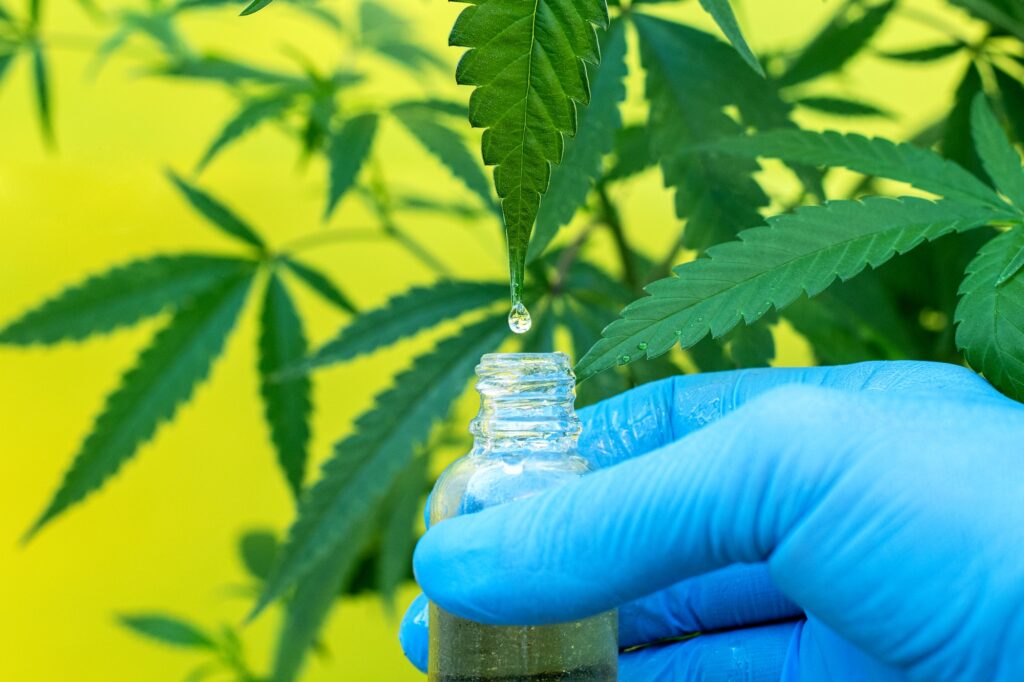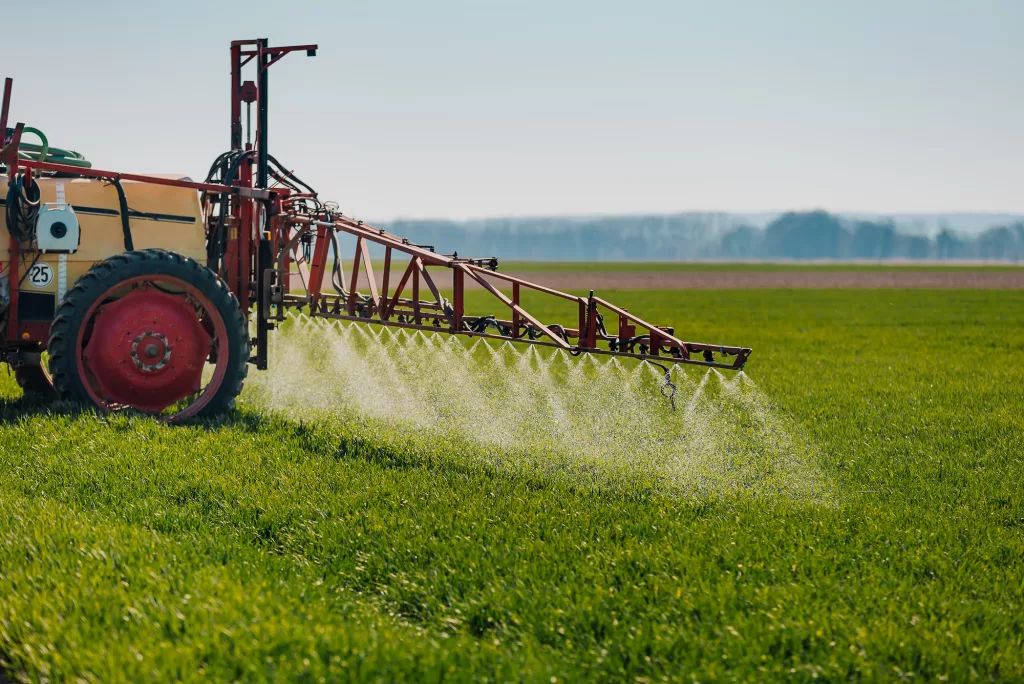Estimated reading time: 4 minutes
The future of nutrient monitoring in cannabis cultivation has arrived, brought to you by AccuScience Labs. Stepping into the forefront of agricultural technology, AccuScience is delighted to announce a new service offering to our clients: plant sap analysis.
This cutting-edge process provides real-time nutrient information to growers, offering an unparalleled advantage in enhancing crop quality, yields, and cost management.
The Power of Plant Sap
Plant sap is a fluid that circulates throughout a plant, transporting water, nutrients, minerals, and metabolites. The sap flows through the plant’s xylem and phloem, two types of vascular tissue that serve as conduits for these essential substances. But what makes plant sap analysis so valuable?
Analyzing the sap of cannabis plants gives growers real-time nutrient status, providing insights into what nutrients the plant is receiving and in what quantities. Traditional methods, such as leaf tissue analysis, only offer a snapshot of a plant’s condition, which can lag days or weeks behind the current nutrient status. With sap analysis, growers can access immediate information, allowing them to address potential deficiencies, excesses, and imbalances more promptly.
Moreover, as a plant progresses through its growth stages, its nutrient demands can shift dramatically. Sap analysis enables growers to adjust their nutrient management strategies in response to these dynamic shifts – a level of responsiveness that soil and leaf tissue analyses alone cannot deliver. In essence, sap analysis is a transformative tool for precise nutrient management, enabling growers to optimize crop quality, yield, and reduce long-term nutrient costs.
The Importance of Precise Nutrient Management
Why is accurate nutrient management so crucial? The answer lies in the consequences of nutrient deficiency. A cannabis plant with insufficient nutrients can suffer decreased yields, negatively impacting the abundance of cannabinoids, terpenes, and flavonoids. This deficiency can lead to a lower-quality final product. Furthermore, nutrient-deficient plants are more vulnerable to pests and pathogens, posing an additional threat to crop yield and quality.
The cause of nutrient deficiency can often be traced back to inadequate fertilizer inputs. However, excess nutrients or fertilizers can also create problems, leading to a lockout situation where the uptake of other essential nutrients is blocked. The dynamic nature of a plant’s nutrient needs further complicates matters. Without appropriate adjustments to nutrient management, a scenario of deficiency or excess is likely to arise at some point, resulting in poorer yields, compromised quality, and higher production costs.
How AccuScience Performs Sap Analysis
AccuScience Labs offers two types of sap analysis: Pre-Translocation and Post-Translocation. The Pre-Translocation sap analysis compares the nutrients in the soil and those moving through the plant’s vascular system into new leaves. This analysis allows growers to assess whether nutrient uptake is sufficient and whether a deficiency results from inadequate soil supply or an imbalance caused by an overabundance of a competing nutrient.
On the other hand, Post-Translocation sap analysis measures the nutrient difference between new and old leaves. This method aims to provide real-time data on nutrient flow within the plant, enabling growers to gauge the demand for a specific nutrient at a particular time in the plant’s growth cycle.
AccuScience Laboratories’ sap analysis measures an extensive array of parameters, including essential elements such as Aluminum, Boron, Calcium, Copper, Iron, Magnesium, Manganese, Nickel, Phosphorus, Potassium, Selenium, Sulphur, Zinc, Total Nitrogen (broken down by makeup of Nitrate, Nitrite and Ammonium), Chloride, and Silicon; as well as non-elemental parameters including pH, Electrical Conductivity, and Brix value.
Implementing Sap Analysis
For optimum results, AccuScience recommends taking a sap sample once during the vegetative stage and every two weeks during the flowering stage. It’s recommended to take the samples at the same time each day to ensure consistency. For each sample, you’ll need to collect about 80 grams of plant material, or approximately 20-30 leaves, with the leaflets and petiole (stalk that joins leaf to stem) intact. To capture the nutrient gradient effectively, ensure there’s at least 25 inches distance between the old and new leaves sampled.
Upon collection, it’s crucial to prepare and analyze the samples as soon as possible to maintain the integrity of the sap. If you’re unable to transport your samples immediately, AccuScience Labs offers a pickup service for your convenience. Alternatively, you can place the leaves in a vacuum-sealed or conventional plastic bag with the air pressed out. Remember to keep the samples cool (but not frozen) during shipping to preserve their quality.
Conclusion
Nutrient management is a delicate balance. Too little or too much of a specific nutrient can jeopardize the health and productivity of your cannabis plants. AccuScience Labs’ sap analysis service provides a novel approach to nutrient management, offering real-time insights that can help you optimize your crop’s health, quality, and yield while reducing nutrient costs.
With this service, AccuScience Labs continues to push the boundaries of agricultural technology, offering tools and resources that empower growers to enhance their operations. The future of nutrient monitoring in cannabis cultivation is here, and it’s more precise, responsive, and efficient than ever before.
To learn more about how sap analysis can revolutionize your cannabis cultivation process, contact AccuScience and request a quote for sap analysis today. Embark on a journey with us into the future of cannabis cultivation, where precise nutrient management and optimal crop yields are the norm, not the exception.
Related articles:







